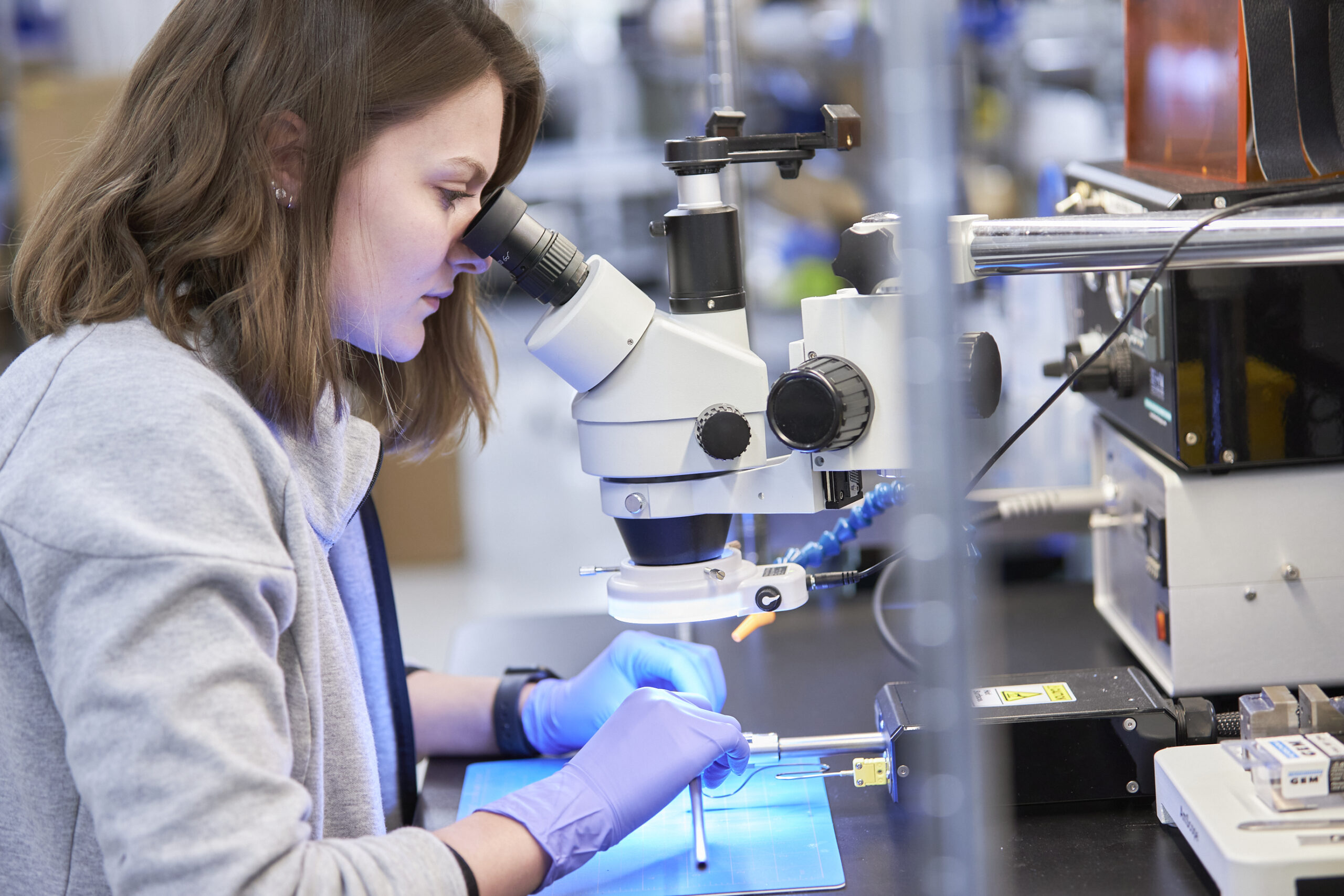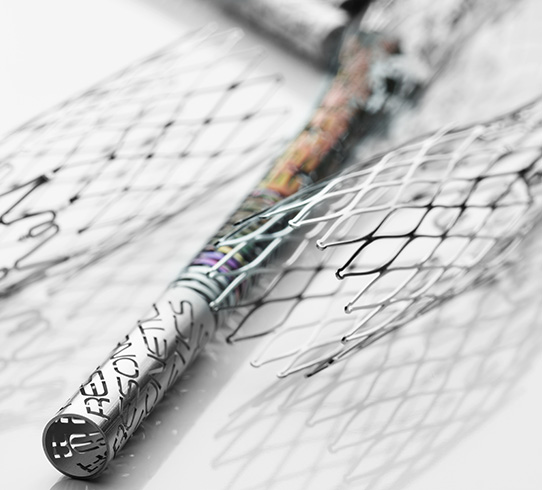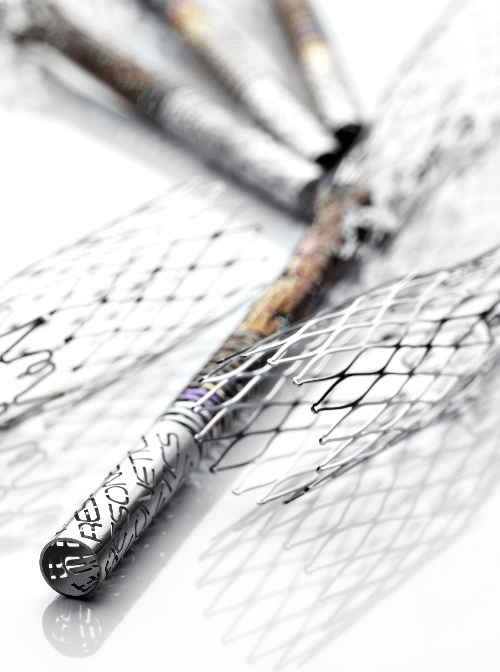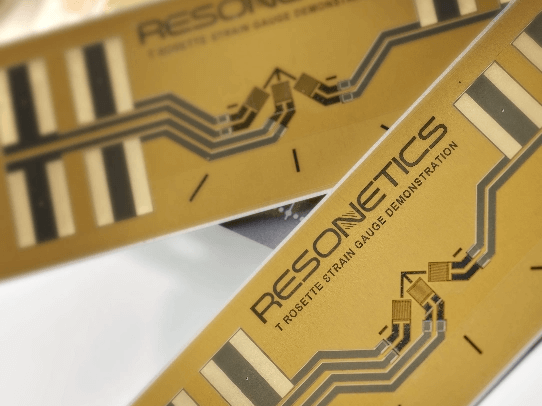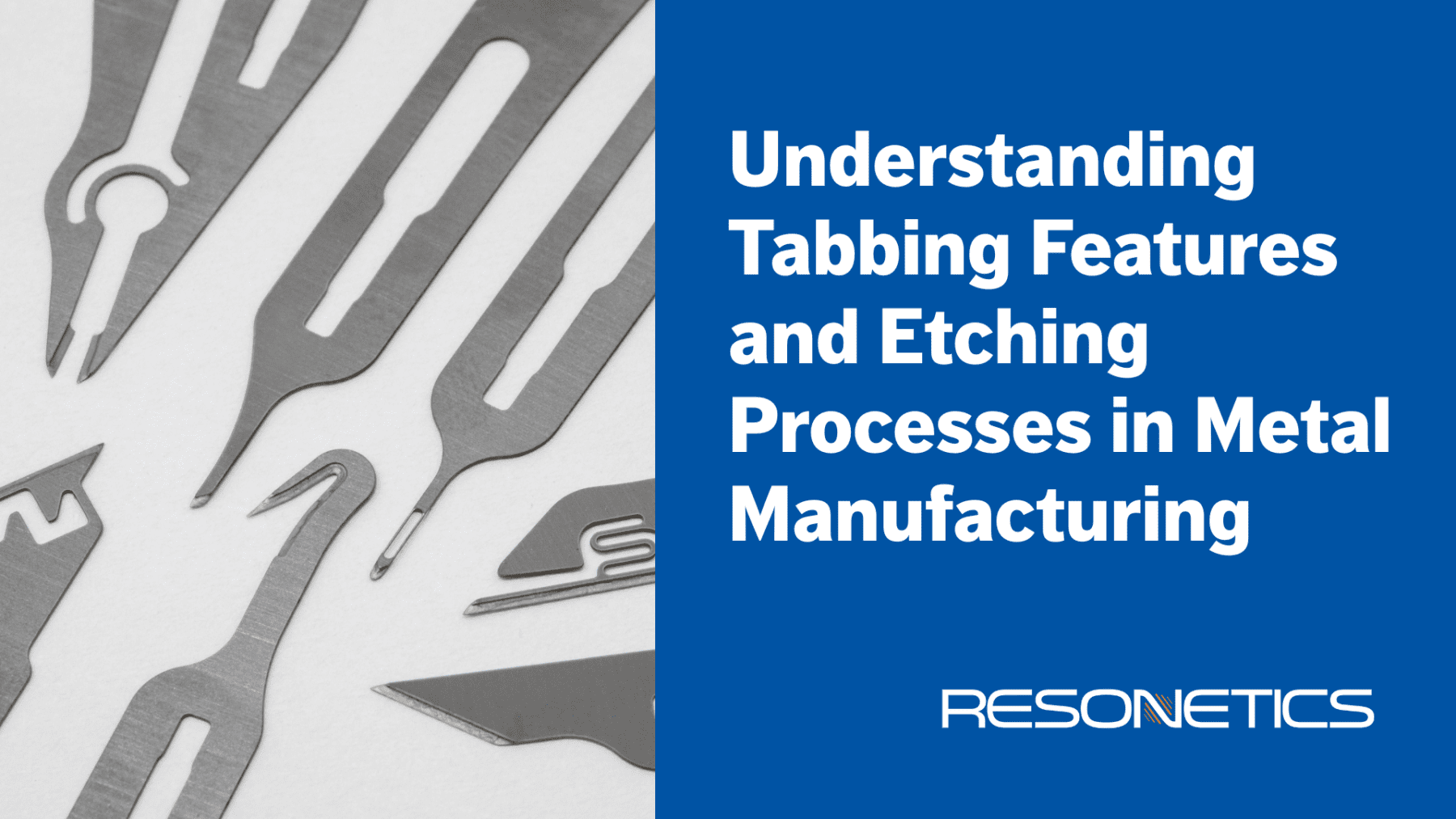
In the intricate world of metal manufacturing, precision and efficiency are vital. Two key techniques often utilized to ensure high-quality production are tabbing features and partial etching. These processes play a fundamental role in the overall manufacturing workflow, allowing for detailed and accurate production of metal parts.
To better understand how these techniques contribute to high-quality outcomes, especially in MedTech and Life Science, this blog will take a closer look at how:
- These processes support precision in manufacturing
- This improves the handling of delicate metal parts
- Production workflows are streamlined
Tabbing Features
Tabbing features are small, intentional tabs designed to connect individual parts to a large sheet of metal during manufacturing. This approach provides crucial support and stability, helping prevent damage to delicate or intricate parts.
Tabbing features are an essential part of the manufacturing process, particularly when working with larger sheets of metal. Typically, products are manufactured within a larger sheet and held in place by tabs. This helps maintain precise positioning and stability during chemical etching, allowing manufacturers to achieve tighter tolerances and more accurate dimensions. It also ensures that parts remain securely in place throughout the entire process.
Once the manufacturing process is complete, the individual parts can be easily removed, or “de-tabbed,” from the larger sheet. This step is critical for further processing or packaging of the parts, ensuring they are ready for their next stage of production or shipment.
Etching of Medical-Grade Metals
Etching is a precise manufacturing process used to remove material from metal surfaces and create intricate designs or functional features. For medical-grade metals, photochemical etching is preferred because it produces highly detailed components without introducing mechanical stress or heat.
Etching processes are commonly used for medical device components, surgical blades, screens, and filters.
Partial Etching
Partial depth etching is another common technique used in metal manufacturing. This process involves etching the metal to a partial depth in selected areas.
Typical features created by partial etching are pockets, troughs, texture, letters/numbers for text, or for assisting in breaking off the parts during detab (as described in the previous section). Partial etch features can be nearly any depth, but 65% of material thickness is the most efficient for manufacturing.
For instance, if the desired depth is approximately 65% of the metal thickness, single-side partial etched features can typically be etched simultaneously with double-side through-etched elements. This allows for precise control over the depth and dimensions of the etched areas.
Etching Tolerances and Substrate Dimensions
Precision is important in the etching processes, and understanding the tolerances and dimensions involved is crucial for achieving the desired results.
In this context, tolerance refers to the acceptable variation in part dimensions after etching, while substrate dimensions describe the thickness and size of the metal sheets used during production.
Here’s a breakdown of the tolerances for through-etch and partial-etch processes, as well as the substrate dimensions typically used:
Through-Etch Tolerances
Through-etch tolerance refers to the allowable variation in the size and placement of features that pass completely through the material, enabling precision for parts requiring holes or cutouts.
- Minimum Size: The through feature minimum size is equal to the material thickness plus 0.025 mm.
- Standard Tolerance: ± 15% of metal thickness.
- Critical Tolerance: ± 10% of metal thickness (±0.010 mm minimum).
- Center-to-Center Tolerance: ± 0.010 mm.
Partial-Etch Tolerances
Partial-etch tolerance refers to the allowable variation in the depth of material removed during etching, which helps ensure consistent features like pockets, textures, or break lines.
- Thickness Reduction: Available for single or multiple areas and depths.
- Standard Reduction: 65% reduction in material thickness (0.025 mm minimum).
- Depth Tolerance: ± 10% of metal thickness removed (±0.004 mm minimum).
Substrate Dimensions
Substrate dimensions refer to the thickness and size of the metal sheets used during etching, which determine the maximum part sizes and design options available.
- Thickness Range: 0.015 mm to 0.500 mm.
- Standard Sheet Size: 12” x 27” (305 mm x 686 mm).
- Maximum Sheet Size: Capable of etching sheets up to 20” x 27” (508 mm x 686 mm).
These techniques not only ensure the precision and quality of the final products but also streamline the manufacturing workflow. By mastering these processes, manufacturers can achieve greater efficiency and produce high-quality metal parts that meet the stringent requirements of various industries.
Ready to explore how precision metal manufacturing can support your next project? Contact our team of experts to learn more.
